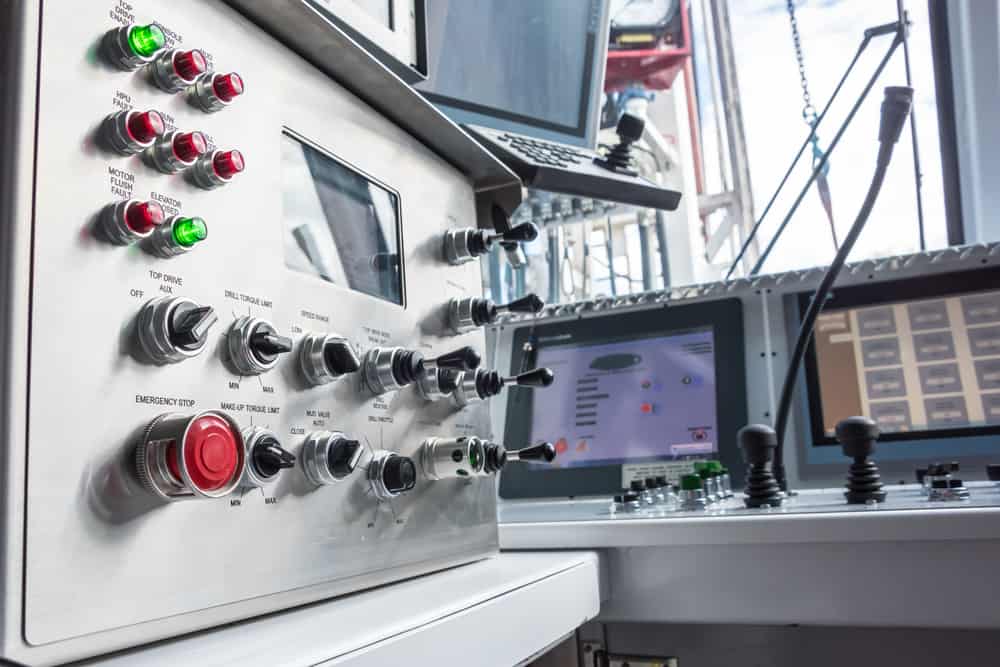Unmanned cargo ships are ships without a human captain and crew that are navigated remotely by a shore-based command and control center. This trend has existed for long time in aviation, and both bus and large, land-based transportation companies are in the development stages to implement unmanned vessels. In the future, we expect shipping companies will increasingly focus on business management and utilization of an unmanned fleet of cargo ships. In the near future, ship navigation and movement during sea-passages will be performed without a crew on-board, with automation and remote control monitoring to ensure all systems on board are functioning satisfactorily. The journey will be monitored and supported by land-based traffic exchanges.

The next generation of control systems and communications technology will enable wireless monitoring and control functions, both on and off-board. These will include advanced decision support systems to provide the ability to operate ships remotely under semi or fully-autonomous control. A challenge for remote-controlled shipping is system robustness with sufficient safety and reliability.

Historically, ships have been manned.
As technology advanced, vessel operators began to look into increasing efficiencies to decrease the size of the crew. One of the first ships in the world with a periodical unmanned engine room was the M/S Kinkasan Maru, in 1961. The ship had its own control room on-board for monitoring and control, and reduced its crew in the engine room by 24%.
Today, the concept of an unmanned engine room becomes even more radical, as operators are looking for ways for absolutely no crew to man the engine room. Engine manufacturer Rolls Royce sparked new interest with a concept proposal of a fully-unmanned vessel.

Ulstein, a ship design company, has particular interest in developing reliable methods allowing operators to accurately predict a vessel’s power consumption at a given speed.
Several Ulstein PX121 vessels, equipped with Rolls Royce AZP100 engines, have recently been on sea trials so that power consumptions are available at different speeds, for one particular loading condition. The idea of this validation was to numerically reproduce these sea trials, and compare the predicted power consumption to the one measured on-board the vessels.
The MUNIN (Maritime Unmanned Navigation through Intelligence in Networks) project is developing a concept for an unmanned merchant ship of Handymax size.
The concept will include new sensor systems, new technical operation and maintenance procedures, autonomous navigation functions, and a new shore control center and other components. The MUNIN project has also completed a feasibility analysis that shows that the voyage’s phases from port to the full ahead on passage (FAOP), as well as from end of sea passage (EOSP) to port, should be undertaken with a crew on-board. This is to avoid technical and operational problems in very-congested waters, and problems with unmanned ships in relation to port-state legislation.

An on-board control team (OCT) will be on board during the port approach and departure to perform normal ship crew duties. Similarly, an emergency control team (ECT) may be needed during passage, if serious problems occur. Teams can board and disembark from shuttle boats or from helicopters. This operation is called a “rendezvous.”

The new concept of autonomous unmanned operation will change operational demands, so that ships are more reliable for systems, providing necessary and flexible functionality to their purposes and still are operationally effective, being energy and environmentally-friendly. Unmanned vessels would be safer, cheaper and less-polluting for the $375 billion shipping industry that carries 90% of world trade.




